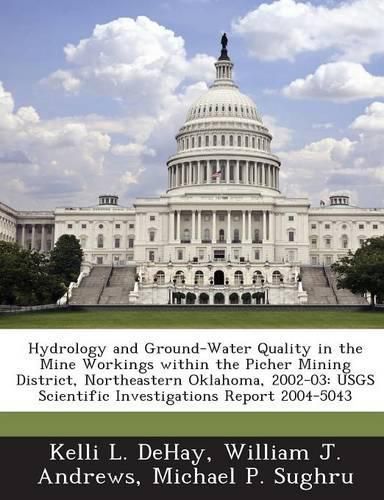The Picher mining district of northeastern Ottawa County, Oklahoma, was a major site of mining for lead and zinc ores in the first half of the 20th century. The primary source of lead and zinc were sulfide minerals disseminated in the cherty limestones and dolomites of the Boone Formation of Mississippian age, which comprises the Boone aquifer. Ground water in the aquifer and seeping to surface water in the district has been contaminated by sulfate, iron, lead, zinc, and several other metals. The U.S. Geological Survey, in cooperation with the Oklahoma Department of Environmental Quality, investigated hydrology and ground-water quality in the mine workings in the mining district, as part of the process to aid water managers and planners in designing remediation measures that may restore the environmental quality of the district to pre-mining conditions. Most ground-water levels underlying the mining district had similar altitudes, indicating a large degree of hydraulic connection in the mine workings and overlying aquifer materials. Recharge-age dates derived from concentrations of chlorofluorocarbons and other dissolved gases indicated that water in the Boone aquifer may flow slowly from the northeast and southeast portions of the mining district. However, recharge-age dates may have been affected by the types of sites sampled, with more recent recharge-age dates being associated with mine-shafts, which are more prone to atmospheric interactions and surface runoff than the sampled airshafts. Water levels in streams upstream from the confluence of Tar and Lytle Creeks were several feet higher than those in adjacent portions of the Boone aquifer, perhaps due to low-permeability streambed sediments and indicating the streams may be losing water to the aquifer in this area. From just upstream to downstream from the confluence of Tar and Lytle Creeks, surface-water elevations in these streams were less than those in the surrounding Boone aquifer, indicating that seepage from the aquifer to downstream portions of Tar Creek was much more likely.





